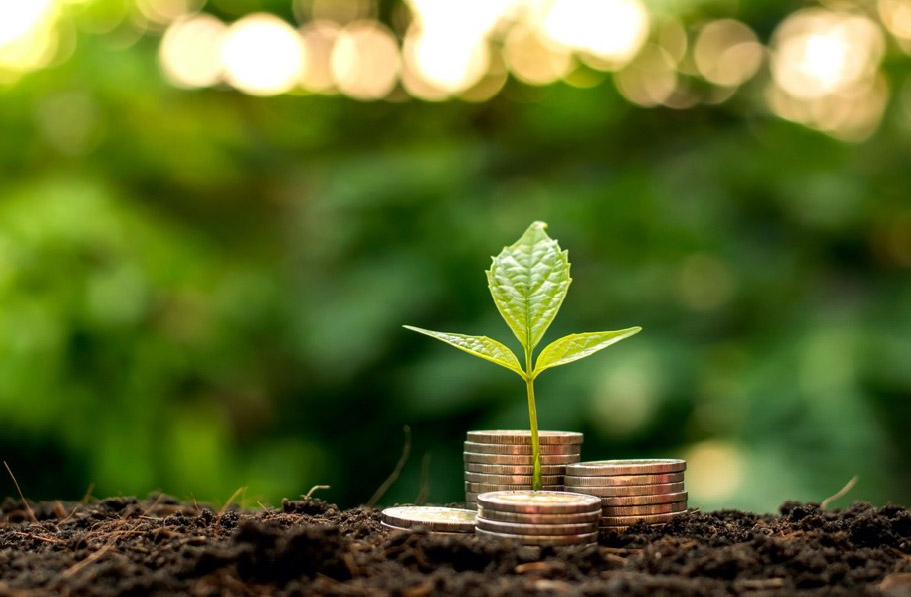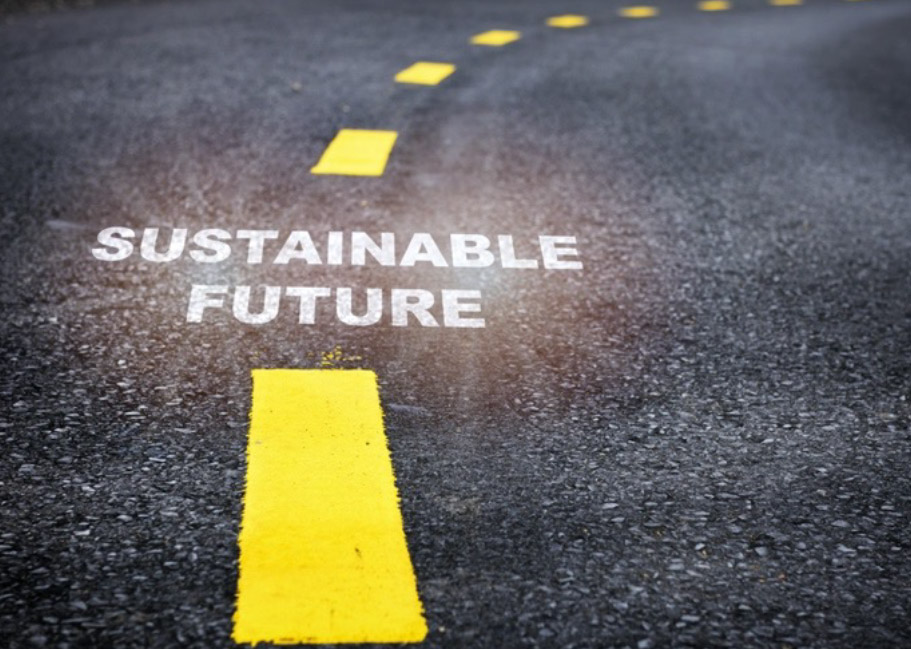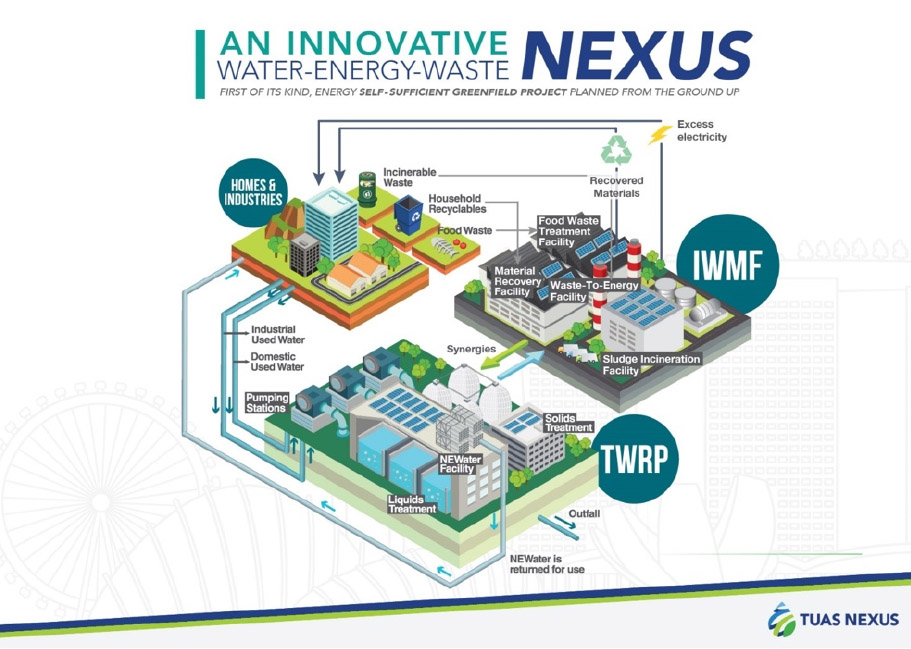
By Shauna
March 22, 2022
The effects of climate change are no longer subtle. The Earth's increasing temperatures over the past few decades not only threaten every form of life but also poses a risk to businesses and economies globally.
According to its Emissions Gap Report 2019, The United Nations Environment Programme predicts that global temperatures could rise over 3°C this century if we continue business as usual. Such an upsurge in temperature will undoubtedly bring on intense climate impacts such as crippled economies, disruptions to trade and development, and pushing more people towards poverty.
Yet, the sustainable infrastructure, projects and policies needed to combat climate change require significant financial muscle – whether it is for the funding of a new network of electric vehicles, the creation of a solar farm or building power plants that run on renewable energy. The financial sector thus plays a vital role in sustainable development.
The World Economic Forum defines Green Finance as any structured financial activity that ensures a better environmental outcome. It includes an array of loans, debt mechanisms and investments that are used to encourage the development of green projects or minimize the impact on the climate of more regular projects. With green financing, the level of financial flows redirected from brown investments to sustainable development priorities increases.
As we explore the importance of Green Finance, we also uncover its role in the transition to a Green Economy.

The Growing Appetite For Green Finance
Sustainable debt financing has flourished globally in recent years. Growth in green bonds and sustainable loans which finance projects with environmental benefits, have been particularly strong. According to the Bank of America, the market for sustainability-linked loans has grown to $330 billion of new issuance in 2021 from $50 billion in 2018.
The main driving factor behind this growth would be global commitments to decarbonisation and climate action – commitments such as going Carbon Neutral by 2050. Consequentially, the government policies implemented to reach these respective sustainability goals have also resulted in the growing interest in green finance, with the purposes of transitioning into a greener economy.
In the context of Hong Kong, the monetary authority has rolled out a three-year grant scheme that subsidises bond issuance expenses for first-time green and sustainable bond issuers. This improves the accessibility of such bonds and loans for the corporate sector, easing the barriers to entry in incorporating these green financing frameworks into their businesses.
The same can be said closer to home where the Monetary Authority of Singapore has issued schemes and policies such as the Green and Sustainability-Linked Loans Grant Scheme in 2021 with the same objectives. The scheme defrays the expenses of engaging independent sustainability advisory and assessment service providers to validate the green and sustainability credentials of loans. It also supports banks in developing green and Sustainability-Linked Loan frameworks to make such financing more accessible to all corporates, including small and medium-sized enterprises. Through this scheme, corporations can better invest in green projects, and transition towards more sustainable business models with greater ease.

Fostering a Greener Economy With Green Finance
Such an upsurge in green investments will not only mitigate climate change, it will also foster economic growth and job creation, which is in line with the objectives of a Green Economy.
The Green Economy, one of five key pillars of our nation's latest SG Green Plan 2030, aims to seek green growth opportunities to create new jobs, transform Singapore's industries and harness sustainability as a competitive advantage. Find out more about The Green Economy in our previous article.

The significance of green finance can be seen in the recently established SGD $3 billion Multicurrency Medium Term Note (MTN) Programme and Green Bond Framework by the National Environment Agency. Proceeds from the MTN programme will be used to finance the Tuas Nexus Integrated Waste Management Facilities (IWMF), an integrated facility that treats incinerable waste, source-segregated food waste, dewatered sludge, and sorts household recyclables with enhanced energy and land efficiency.
This example showcases the multiple impacts that can be unlocked with the support of green finance – not only will the facility contribute to the Green Plan through waste-to-landfill reduction and reduced energy consumption, it will also add strength to the Green Economy through job creation across the value chain. The availability of and accessibility to green financing is therefore crucial in enabling sustainable development at such scale.
Within the context of EDP Renewables, we have developed a Green Financing Framework to raise capital through Green Financing Instruments to fund more solar or green projects and development. The Framework aligns with the International Capital Market Association’s Green Bond Principles 2018, the Loan Market Association’s Green Loan Principles 2018, and ASEAN Green Bond Standards 2018. It is also part of our commitment towards the sustainability goal we have set forth.
Given the future that lies ahead, the role of green finance is clear. Environmentally friendly developments cannot be achieved unless appropriate funding is made available and accessible. For the benefit of a healthier environment, key players in the financial sector and corporations across the globe would need to align with the sustainability goals of their respective nations. With this alignment in goals can the world truly move ahead.